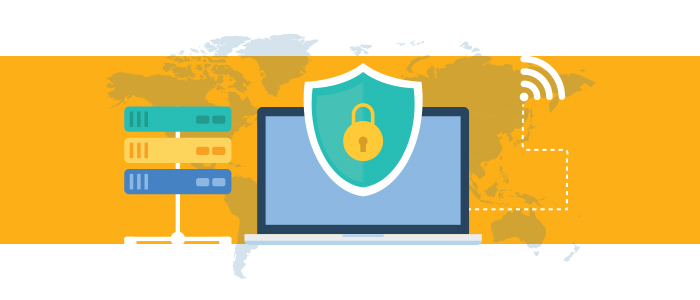Contact Us
Remote Support
Call Us at 207-608-8900

Do you have staff working from home? Many businesses shifted to the remote working environment through the pandemic. While it raises some data security concerns, they can be overcome by following a few best practices.
Formulate Rules
- Start by formulating rules that define the extent and manner in which personal devices may be used for work purposes.
- Who is allowed to use personal devices for work?
- Spell out the regulations that users must follow. For example, regular checks for malware with approved solutiosn, software and hardware updates.
- Will there be restrictions to the device type, software or operating systems that may be used, out of security concerns? These need to be clearly defined.
Train for Everyone
- Train your staff on how to identify IT threats and cybercrime activities to which they may fall victim. Examples include various phishing attempts by email, calls and texts; dubious email attachments, clone websites, etc. Another area of concern is free or public wifi. They need to know that public wifi can be a gateway for hackers and cybercriminals into your system. Accessing email and business applications from the airport’s waiting lounge or the mall’s food court, can expose your business to IT threats.
- Teach good password hygiene. Help your employees understand how important password uniqueness and strength is. They should be able to identify weak passwords and steer clear of them. They also need to know that no matter how urgent the situation seems, password sharing is not acceptable. Mistakes such as repeating a password (or minor variations) for multiple accounts, or using simple ones can make a cyber criminal’s job easier. Encourage the use of multi-factor authentication wherever it is available.
Keep Things Under Control
Conduct monthly audits of the devices your employees will be using for work purposes. Arrange for regular security patch implementation, software and firmware updates. Install quality anti-malware software and firewalls. Make sure email security systems are in place. Even in the remote environment, you can ensure appropriate data access through role and permission-based access control measures.
All of this may seem new, and tedious, especially for businesses that are looking to recover from the effects of the on-going pandemic, which is why it is a good idea to team up a managed services provider to help set up a strong, secure, work-from-home environment for your business.

